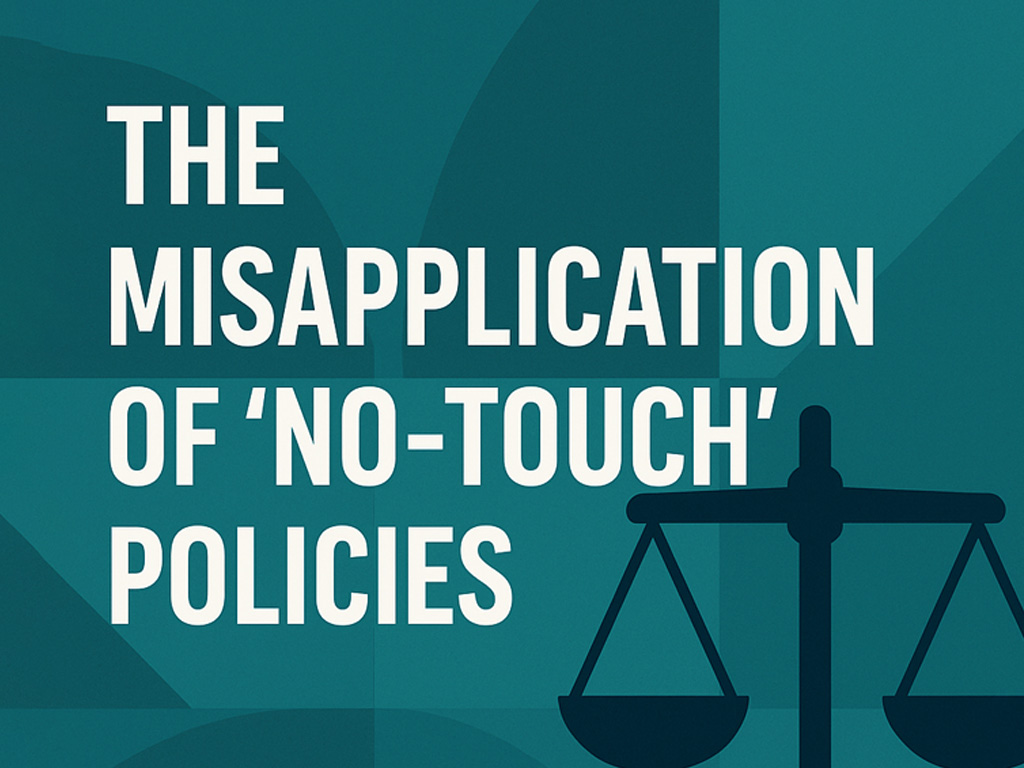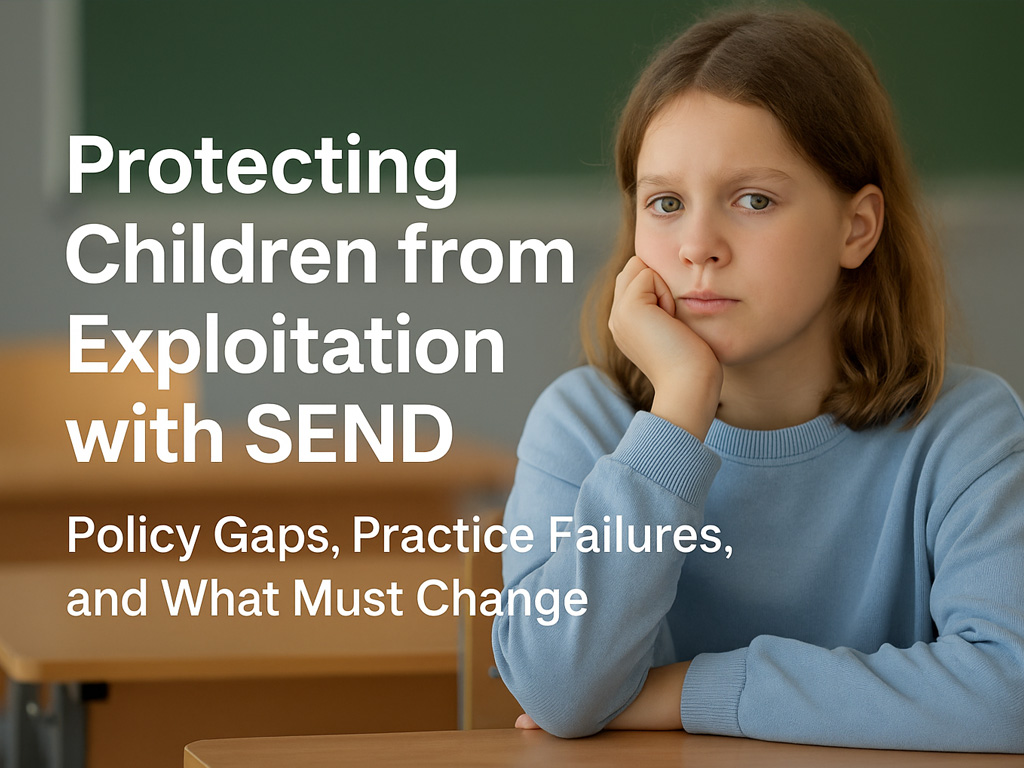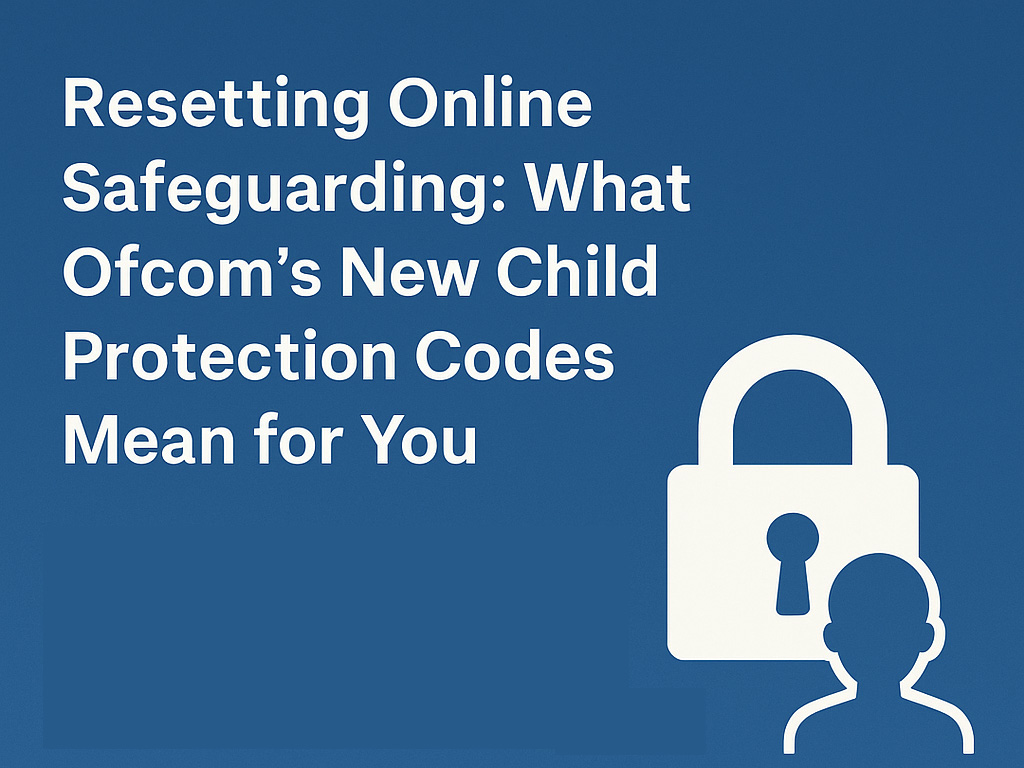
Why Safeguarding Policies Must Support Action, Not Inaction
In care and education settings, policy is essential—but when poorly written or misapplied, it can create confusion, hesitation, and even risk. One of the most pressing examples is the misuse of ‘no-touch’ policies, where fear of liability overrides professional judgment, and compliance is mistaken for care. Professionals are increasingly instructed to stand by while children self-harm—all because policy dictates that they must not physically intervene. In real-world scenarios, this has meant staff observing severe risk without acting, even when capable and trained to prevent injury. This is not safeguarding; it’s negligence, masked by procedural language. No internal policy can supersede the legal duty of care. Under UK law—including the Children Act, Education Act, and Health and Safety legislation—staff are lawfully permitted to use reasonable force to prevent injury, protect property, or stop a crime. Choosing to do nothing in the face of obvious harm may be legally indefensible and morally untenable. Originally, no-touch guidance aimed to reduce unnecessary contact and protect professional boundaries. Over time, fear-based interpretations have turned this principle into a rigid ban. Staff are now discouraged from acting—even when intervention is safe, lawful, and necessary—because organisations fear legal consequences more than actual harm to individuals. At SLC Training, we’ve worked with countless professionals disciplined for intervening to protect a child—despite acting lawfully and proportionately. Many are experienced, capable, and committed to their duty of care. But policy-driven fear often silences action and stifles instinct, damaging morale and placing the vulnerable at further risk. SLC Training equips professionals with clarity, confidence, and competence. Our training enables staff to: Our goal is simple: ensure safeguarding professionals feel empowered—not paralysed—by policy. We also work with organisations to review and revise outdated or fear-driven policies. Effective safeguarding guidance should empower teams, align with legislation, and reflect real-world scenarios—not create barriers to action. We help turn vague or overly restrictive policies into frameworks that prioritise wellbeing, accountability, and clarity. When policy undermines lawful and necessary intervention, leaders must reflect and act. Key questions to ask include: If the answer to any of these is yes, urgent policy reform is essential. Safeguarding is not about avoiding complaints—it’s about protecting people. It requires courage, training, and leadership that supports lawful action over passive compliance. Empowering professionals to do the right thing—even when it involves risk—must be central to your safeguarding culture. If your current safeguarding approach discourages lawful intervention, or if staff fear disciplinary action for acting in a child’s best interest, then it’s time to review your strategy. At SLC Training, we help teams reclaim confidence, navigate legal frameworks, and transform policy into a tool for protection—not paralysis. Let’s ensure that when a child needs help, policy doesn’t get in the way of protection.Children Left in Harm’s Way
Policy Cannot Override the Law
The Purpose of ‘No-Touch’ Was Never a Ban
A Culture of Fear
What SLC Training Delivers
Supporting Policy Reform
Leadership Must Take the Lead
Safeguarding Is Not a Tick-Box Exercise
Let SLC Training Support Your Journey





